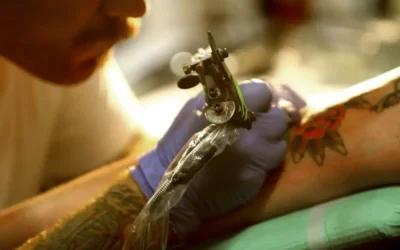Content
The DH Drug Misuse and Dependence rules prescribe changing over all benzodiazepines to a proper portion of diazepam, which has a long half-life, and afterward decreasing the portion by an eighth at regular intervals. Different methodologies incorporate changing to a nonbenzodiazepine anxiolytic, or the solution of aide drugs, for example, antidepressants or anticonvulsants. For instance, pregabalin at higher dosages of 225–900 mg have been seen as powerful, and an ongoing Cochrane survey recognized carbamazepine as a potential extra to lessen withdrawal impacts. In detoxification for cannabis, anticonvulsants, for example, valproate semisodium and antidepressants, for example, bupropion, fluoxetine, mirtazapine and nefazodone have demonstrated little benefit [14, 15].

Medical detoxes will usually include some form of medication in order to slowly wean the user off the drug, rather than taking the cold turkey approach. Medical detoxes are often safer as it decreases the harmful and potentially fatal consequences of the withdrawal. Molecular structure of substance abuse and drugs used in detoxification. This GABA—glutamate unevenness is adequate within the sight of liquor, which expands GABA and lessens NMDA-glutamate movement.
How Long Do Drugs Stay in Someone’s System?
The idea behind this is that in order to get over an addiction, you need to first get a drug out of your system. Many prescription drugs come in time-release forms and even non-time release forms. Prescription medications that are time released can take longer to clear someone’s system since the drugs are metabolized at slower rates. As mentioned in the above paragraphs, the detox process will ultimately depend on the severity of the addiction and the drug in question.
If you have tried to quit on your own before, medically supervised detox to manage withdrawal is even more important. Detox can occur in a separate facility before transitioning into an addiction treatment program, or the substance abuse center may offer both detox and addiction treatment services. Oftentimes, people complete drug detox a detox program and, subsequently, with help from their treatment team, transition into a comprehensive addiction treatment program, which can address the underlying issues driving drug abuse. The program may provide you with referrals or even help you enroll into a program so that your transition into treatment is smooth.
How Long Does the Detoxification Process Take?
Tiagabine, baclofen, gabapentin, varenicline, mecamylamine (a non-particular NAch receptor foe) and topiramate have all been appeared in concentrates to effectively affect suspension. Regardless of your choice about where to detox, a plan for continued care and support will be vital to success if your ultimate goal is abstinence from drugs or alcohol. At a treatment facility, counselors and other clinicians can craft that plan with you. Some people might not even realize they’re experiencing alcohol withdrawal or confuse withdrawal symptoms with a hangover. But withdrawals will become progressively worse, both the symptoms and severity. And for severe cases, conditions like delirium tremens can be fatal.
In any case, thiamine enhancements might be important to keep away from the Wernicke-Korsakoff disorder. Those with liquor reliance will in general have a diminished dimension of thiamine in their eating regimen and ethanol can upset thiamine stockpiling and use. Another treatment with a potential job in liquor detoxification is the psychotropic pain relieving nitrous https://ecosoberhouse.com/ oxide (PAN), which has been distinguished by a Cochrane survey for mellow to direct liquor withdrawal. This may have a quick remedial impact with negligible sedation (Table 2). If you’re interested in entering a detox program but aren’t sure where to begin, you can always ask your physician or therapist for recommendations on various centers in your area.
